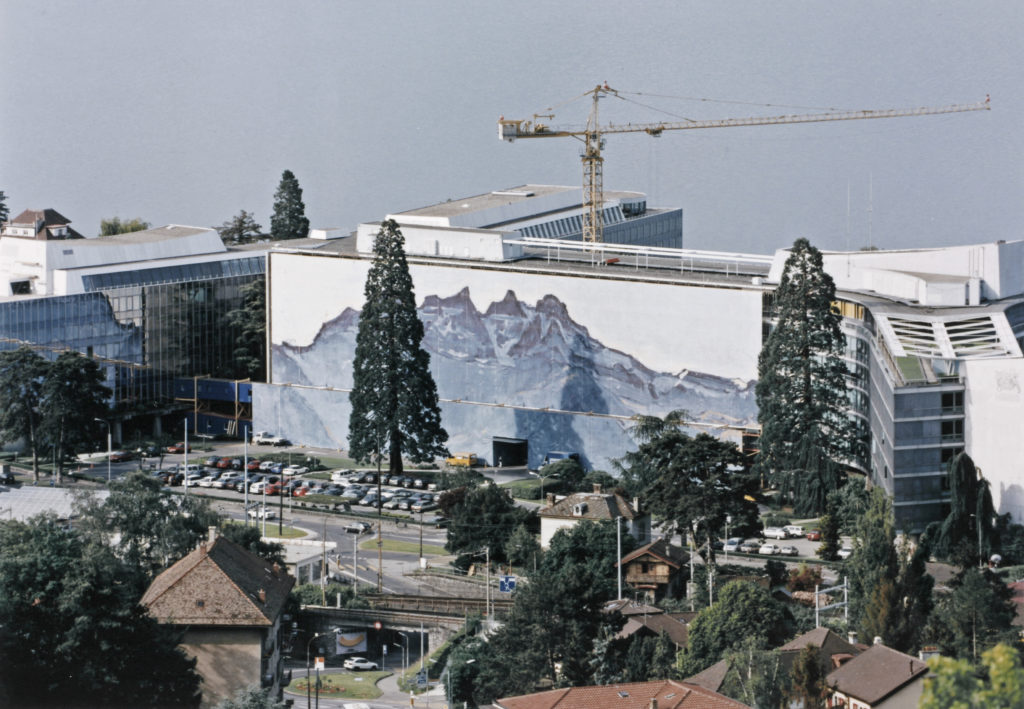The ink jet
The first ink jet printing began during the 1980s.
Introduced in 1987, the Iris printer was intended for printing design layouts or preliminary trial runs in the field of graphic arts or to produce exhibition panels. Rapidly, artists were to commandeer this tool that enabled the printing of large dimensioned photographs, whether on paper or canvas or other materials.
Towards 1994, some colour ink jet printers appeared. These were aimed at personal computers, with a definition enabling a good quality photograph print run, but which didn’t last long, as the inks were still not very resistant against the light or various exterior agents especially the ozone.
Printers subsequently offered increasingly refined definitions, in association with the proliferation of ink colours and pigments, whose brilliance was adapted to that of the papers.
Among the many evolutions – or revolutions – generated by the digital image, ink jet printing was perhaps the one that contributed most to the development of photographers’ freedom. These, confronted with a limited choice between conventional paper of relatively similar colours, could now do as they pleased, and use paper designed for photographic printing or adapt others, increase their number of throughputs, or manage their own personal colour contents.


